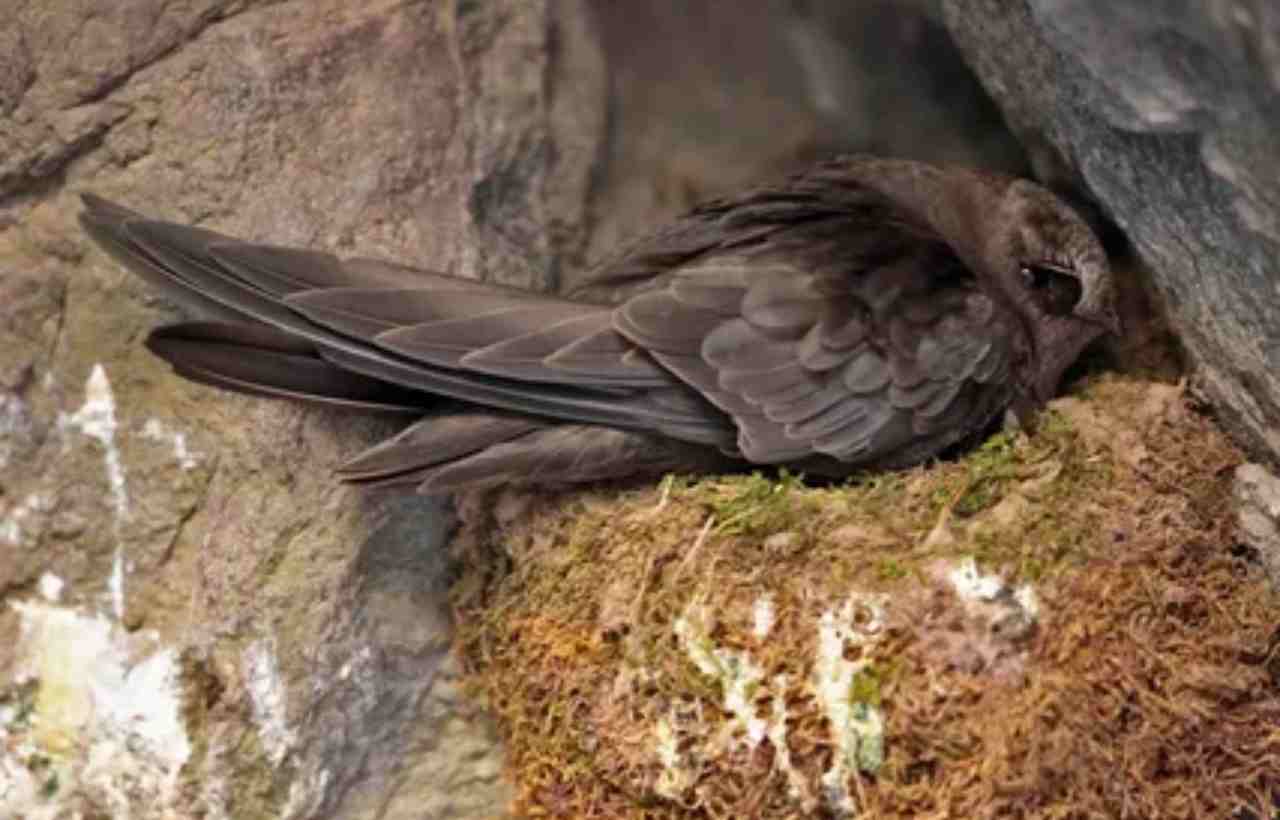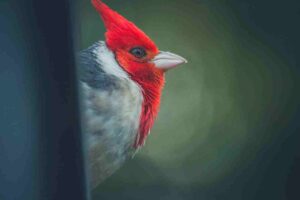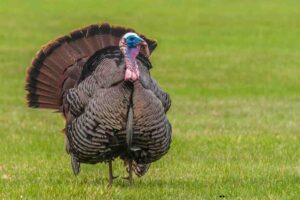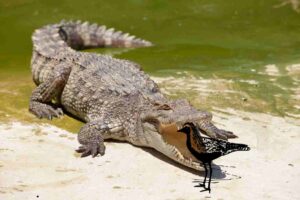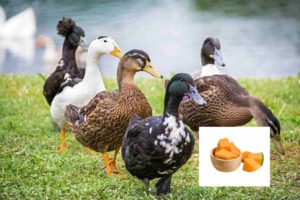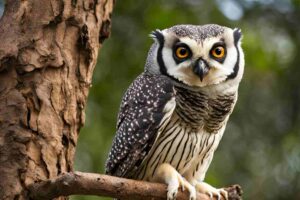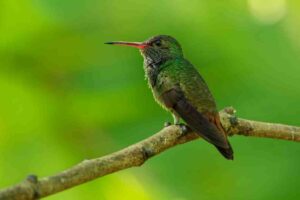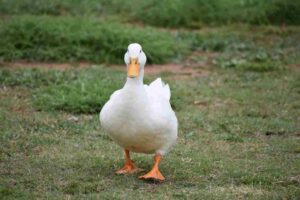The American Black Swift (Cypseloides niger) is an extraordinary bird, celebrated for its remarkable flight abilities and unique ecological role. Nestled within the family Apodidae, these birds are predominantly found in the western regions of North America, where they perform incredible aerial feats.
This article will delve into the many aspects of the American Black Swift, focusing on its habitat, behavior, conservation status, and the ecological significance it holds within its environment.
American Black Swift: Physical Characteristics

The physical attributes of the American Black Swift are crucial for its survival and lifestyle. These adaptations allow it to navigate through the air with agility and precision.
Key Features
| Feature | Description |
|---|---|
| Length | Approximately 12-14 inches (30-36 cm) |
| Wingspan | About 15-16 inches (38-41 cm) |
| Weight | Ranges from 0.8 to 1.2 ounces (22-34 grams) |
| Plumage | Dark brown to black, with slightly paler underparts |
| Tail | Forked tail with long feathers |
These characteristics provide the American Black Swift with the ability to be an efficient aerial insectivore, allowing it to thrive in various habitats.
Habitat and Distribution

The distribution of this remarkable bird spans across North America, favoring specific habitats that cater to its unique lifestyle.
Preferred Habitats
The American Black Swift thrives in a variety of environments that offer suitable nesting and foraging opportunities:
| Habitat Type | Description |
|---|---|
| Mountainous Regions | Commonly found nesting on cliffs and rocky outcrops. |
| Forest Edges | Often seen hunting for insects near trees and open areas. |
| Urban Areas | Occasionally nests in man-made structures such as bridges. |
These habitats are critical for the bird’s feeding and breeding needs.
Geographic Range
Primarily, the American Black Swift is found in the western United States, Canada, and parts of Central America. Its migratory patterns often depend on the availability of food and suitable nesting sites, making it a dynamic species within its ecosystem.
Feeding Habits and Behavior
The feeding habits of the American Black Swift are integral to its role in the environment. As an aerial insectivore, its diet consists mainly of flying insects, which it captures while in flight.
Diet Composition
The diet of this swift includes a variety of airborne insects:
- Flies: A key component of its diet.
- Beetles: Frequently captured during flight.
- Moths: Often caught at night or during swarming events.
Hunting Techniques
The hunting strategies of the American Black Swift are both fascinating and effective. These birds employ several techniques to locate and capture their prey:
- Aerial Pursuit: They chase insects with incredible speed and agility, allowing them to catch prey mid-air.
- Gliding and Soaring: Utilizing thermal updrafts, these birds can glide for extended periods, conserving energy while searching for food.
- Group Foraging: During high insect activity, they may forage in small groups, robin vs cardinal increasing their chances of capturing food.
Social Behavior
Generally, these birds are solitary or found in small groups outside of the breeding season. However, they engage in social behaviors during courtship and nesting, displaying aerial acrobatics to attract mates the gadwall hen comprehensive guide.
Nesting and Reproduction
The nesting habits of the American Black Swift are as unique as the bird itself. Breeding typically occurs from late spring to early summer, and their nesting preferences reflect their adaptations.
Nesting Locations
For nesting, these birds prefer hard-to-reach spots that provide safety from predators:
| Nesting Site | Description |
|---|---|
| Cliffs | Utilize natural crevices for nesting. |
| Man-Made Structures | Occasionally nest in eaves, bridges, and other sheltered spots. |
Egg Laying and Incubation
- Eggs: The female typically lays 2 to 4 eggs, which are white and oval-shaped.
- Incubation: Both parents participate in incubating the eggs, which lasts about 20 to 23 days.
Once hatched, the chicks are altricial, meaning they depend on their parents for food and protection. The parents continue to care for the chicks until they fledge, which usually occurs around 30 to 40 days after hatching.
Conservation Status and Threats
While the American Black Swift is not currently classified as endangered, it faces several threats that could impact its populations. Understanding Buzzards vs Vultures these threats is crucial for effective conservation efforts.
Threats to Survival
- Habitat Loss: Urbanization and development can destroy suitable nesting sites.
- Climate Change: Alterations in climate patterns may affect food availability and nesting conditions.
- Pesticides: The use of pesticides can significantly reduce the insect populations that the bird relies on for food.
Conservation Efforts
Various initiatives are in place to protect the American Black Swift and its habitats:
- Monitoring Populations: Conservation organizations track population trends to assess the health of the species.
- Habitat Protection: Efforts are underway to preserve key nesting habitats and reduce human encroachment.
- Public Awareness: Educating the public about the significance of this swift helps garner support for conservation measures.
Importance in Ecosystems
The American Black Swift plays a vital role in its ecosystem as a predator of flying insects. By controlling insect populations, this species contributes to the ecological balance.
Ecological Role
- Insect Control: The bird helps maintain a healthy ecosystem by managing the populations of flying insects, which can benefit agriculture and reduce pest outbreaks.
- Biodiversity Indicator: The health of the American Black Swift population can indicate the overall health of the ecosystem, reflecting the impact of environmental changes.
Aerial Adaptations: A Comparative Perspective
In discussing the American Black Swift, it’s insightful to explore its aerial adaptations compared to other avian species. For instance, the white-tailed eagle (Haliaeetus albicilla) is another bird known for its impressive flying capabilities, albeit for different reasons.
Aerial Adaptations
| Bird Species | Key Adaptations | Description |
|---|---|---|
| American Black Swift | Streamlined body, long wings, rapid flight | Highly agile, capable of catching insects in mid-air. |
| White-Tailed Eagle | Large wingspan (1.8-2.4 meters), powerful soaring | Utilizes thermal currents for gliding over large distances. |
The contrast between the American Black Swift and the white-tailed eagle illustrates the diversity of adaptations found in avian species. While the swift relies on speed and agility, the eagle employs its size and strength to hunt larger prey.
Conclusion
The American Black Swift is a remarkable bird that showcases the beauty and complexity of nature. Its unique adaptations, feeding habits, and nesting behaviors highlight the importance of preserving this species and its habitat. As we continue to learn more about these fascinating birds, we can appreciate their role in maintaining ecological balance and the need for conservation efforts to ensure their survival. By
FAQs:
What is the average wingspan of the American Black Swift?
The wingspan of this bird typically ranges from 15 to 16 inches (approximately 38 to 41 cm)
Where do these birds nest?
They nest in cliffs, rocky outcrops, and occasionally in man-made structures such as bridges and eaves
What is the diet of the American Black Swift?
This species primarily feeds on flying insects, including flies, beetles, and moths
